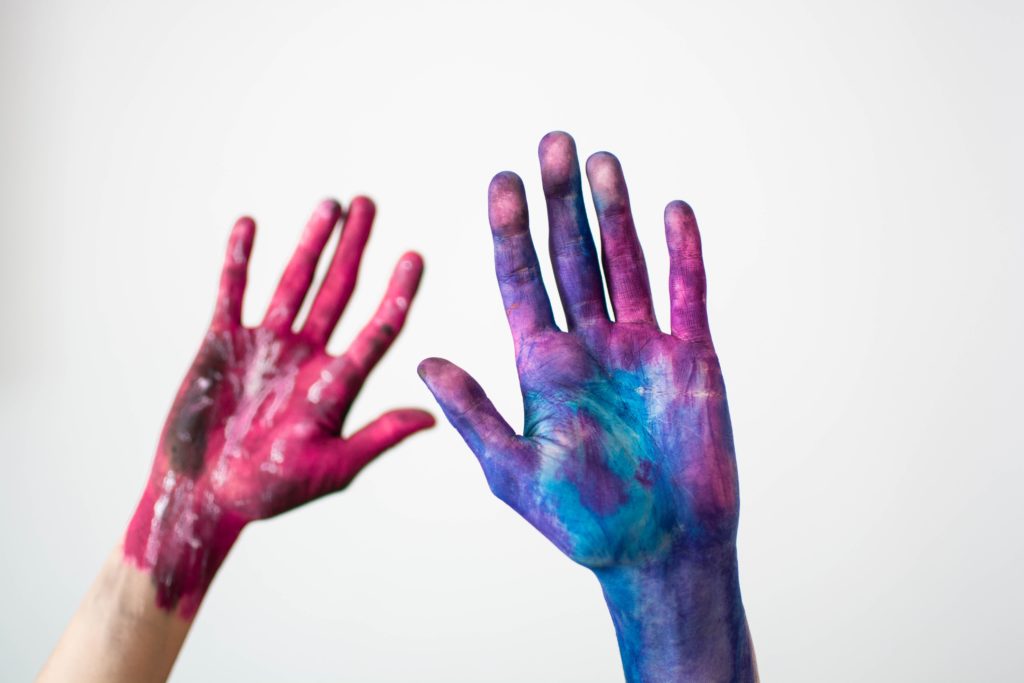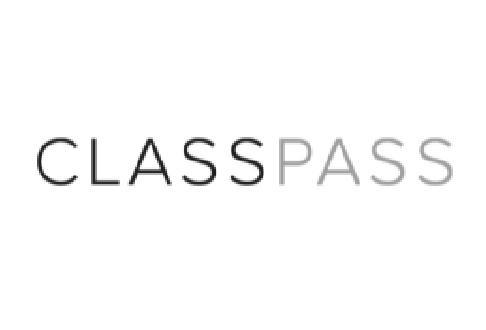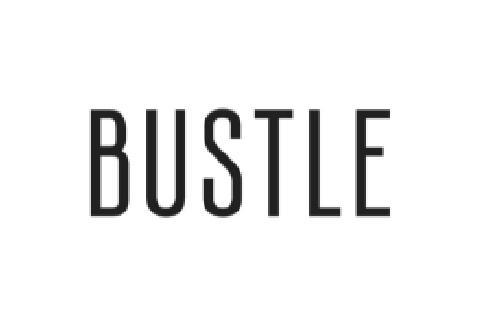How can I become more creative?
What is Creativity?
Creativity is a way of life. It embraces the general idea of making unexpected connections between hitherto unrelated elements. For some of us, this means engaging our manual agility – when we press the brush to the canvas, hit the chords on the keyboard, experiment with ingredients in our meal, or model clay onto a statue that is gradually being born in front of our eyes. For most of us, creativity will involve concepts – verbal, logical, or algorithmic. With each small eureka, we relish.
Because creation makes life more enjoyable, more satisfying, and even captivating. The vibrancy of such small eurekas broadens our perceptions, thus opening the door to ever fresher approaches that help solve problems and produce wonderful results. The most inventive people find ways around challenges because they view them as both opportunities and hurdles. And what is more joyful than overcoming hurdles?
Yet we often lose the creative spark.
Yoked to our daily routines, focused on endless pedestrian tasks, and fearing any change, we miss out on our inherent freedom to unleash creativity. Creativity does not rhyme with comfort. Nor does it settle on a treadmill.
Many people feel that they simply “lack” any creative faculties. Yes, there are some creative geniuses out there, but it’s not me. Still, others would consider spurs of creative thinking to be random phenomena.
Both claims are not true. Creative pursuit can be induced and all humans share this ability. But “inducing” does not mean simply ruminating.
Creativity must be practiced, honed, sharpened, and tested. It is immaterial whether you are lucky enough to exercise your creative muscle at work, or whether you develop it outside of the work context – for your future careers, in business, or in your pastime.
Let us find out how to approach it.
What is Creative Thinking?

At its foundation, creative thinking is the deliberate acquisition of fresh perspectives and novel ideas from previously acquired information. And most of the information we acquire is transmitted through language.
Language is, first and foremost, a physical activity. It relies on our capacity to articulate complex yet intelligible strings of sounds. We commonly underestimate the enormous creative power of this faculty.
Since language is so fundamental to our capacity to combine concepts, a common misconception is that creativity is merely a cognitive activity. However, for most of us, creativity does not start and end at the Cognitive Aspect of Being. While it may originate at the cognitive level, it cannot remain in our head, it has to be embodied. Why is that? Because when use our body to verbalize something, we project an intention. Through a physical act of speech, through writing, or through any other sensorimotor activity, an act of creation comes into being.
In short, we need our bodies to represent any idea. Without this representation, the idea is not externalized to the world “out there”. As mentioned at the beginning, two parts of our body participate in this embodiment process as they are particularly expressive and full of nerve endings – our mouth and our hands.
The Judeo-Christian tradition captured its power masterfully. In the Gospel of John, we learn that: “In the beginning was the Word, and the Word was with God, and the Word was God”.
Just like humans, the Judeo-Christian God didn’t just “think” about His creation. In Genesis, He spoke the world into being. And, since we are told that we are made in the image of God, we have similar creative powers within us. But it cannot remain inside.
The thoughts must be embodied in speech, not ruminated in silence.

There is profound wisdom in this concept. Many of us share the experience of coming up with an original idea while being engaged in a conversation with someone else. The idea wouldn’t be properly generated without it being pronounced. Verbalization, more than any other movement of our body, is directly associated with breath – the life force energy. Language is precisely this – articulated breath invoking creative, dialogical power.
The problem is, that most of us say many things every day, but we don’t really have a relationship with what we say. To access this creative potential, we must become aware of the power of our words and use them with more awareness. It is only when we speak with a real intention and attention behind our words that this act of speech becomes a manifestation of something deeper.
This happens when I truly care about what I say in the present moment. I am one with the emergent creative flow of my words. They carry the real creative power. This is a real, primeval creative process. Not just sitting there, cogitating and trying to come up with some brilliant idea in one’s head. Nothing ever gets created this way. No books, no businesses, no films, no institutions, no meals. Nothing.
It’s only when we speak with a real intention and attention behind our words- then this act of speech becomes a manifestation of something deeper.
Tips to Boost your Creativity
Instead of sitting idly in the hope for inspiration to strike, we can incorporate a creative process. Certain steps may help motivate the inherent creative capacity that inhabits us. Here are some simple tips.
-
Connect the flow of your thoughts with concrete concepts
One characteristic that distinguishes creative people from less creative ones is that they frequently re-conceive problems. And that means re-embodying them. Spelling them out, speaking out, writing down – DOING something with the various elements, dissecting them into new pieces, and then reconnecting them differently.
Speaking aloud is very helpful, but if you prefer, you can return to any other form of idea embodiment, such as writing it out or doodling, sketching diagrams, or re-organizing post-its.
-
Step back. Several steps at a time.
When you run into a creative block, take a break from the routine. Putting some psychological distance between yourself and the issue has been demonstrated to be effective.
Whether in real life or in movies, you may have witnessed a scene when the chairman suddenly stood up in the boardroom and walked around, musing aloud and raising his voice a notch or two. Research suggests that people tend to be more creative when they are walking as opposed to when they are seated. Regular physical activity can play a significant role in enhancing and protecting cognitive abilities. Apparently, even a short walk could temporarily improve certain types of thinking. So try taking a brief walk after being confined to a desk while struggling to come up with a decent idea.
-
Try the third person
If the issue involves yourself and your emotions, it may be helpful to restate the problem in the third person. So instead of thinking:
I do not know how I can solve this issue.
Restate the problem in the third person, using your given name
Samantha does not know how she can solve this.
Researchers discovered that participants produced more creative answers and solved more difficulties when they believed a problem originated far away from them and was unrelated to their current situation.
-
Test them with someone
Once you have isolated some ideas and putative connections between them, you need to spell them out, in the open, to the world.
This should ideally be done with someone you trust. If you don’t have a coach, find someone in your environment who is reputed to be a critical thinker. Not someone who will just nod, valuing interpersonal concord over the value of the argument. Not someone who, above all, prizes tolerance. But someone whom you could expect to offer a constructive pushback. If you are lucky enough to have someone like this in your circle, get ready for your creative juices to flow. As they will.
If you can’t find anyone like this, hire a life coach.
-
Engage other Aspects of Being
When you speak about something, go beyond the purely “referential” function of language. This is the function that is purely descriptive. But you are not merely, describing, you are creating something new. Bring your future into the present and embody it. Verbalize, give more details, shapes, and colors to what you want to create, until you can truly speak from that creative flow, and feel the excitement of the creation.
Both powerful positive and negative emotional states are associated with creative thinking. Aversive emotions may sometimes be a source of problem-solving energy.
This process essentially reverses the distance introduced under point 3, above. Mastering emotionalizing and de-emotionalizing of the creative process is the key to success. Again, it may be easier to achieve this with a coach than by yourself.

-
Limit your freedom
When trying to solve a problem, we often build on preexisting concepts, choosing the easiest, most straightforward option. This frequently produces positive results. However, there is a downside to it. When we receive initial positive feedback, complacency may set in, making it more difficult to come up with original solutions on the next turn.
This is why it is advisable to enforce some limitations on your thinking process and eliminate those early ideas that seem “most straightforward”. Constraining our freedom is a certain way to inspire more original solutions.
-
Reward Yourself
Studies show that creativity increases when rewards are extended for producing creative works.
Therefore, if you’re having trouble getting inspired, try offering yourself a reward for coming up with a novel idea. But exercise your caution. It’s too easy to get addicted to rewards.
-
Get bored in Blue
Color psychology claims that various hues can influence our moods, emotions, and actions in a variety of ways.
Some researchers claim that the blue color can inspire individuals to think creatively. Apparently, it makes them feel secure to explore and be creative because it is strongly associated with nature, calm, and tranquility.
Other scientists discovered that boredom allows people to daydream, an activity that is frequently associated with creativity. During creativity tests, participants who were bored outperformed those who were pleased, relaxed, or distressed
Does it mean that you should sit in an empty blue cell? I am not sure. But if you do, walk around it.
-
Meditate
Meditation encourages the practitioner to remain open to all thoughts and feelings without concentrating on any one thing in particular. This can boost divergent thinking and the production of fresh ideas.
Conclusion
So my invitation to you is, to find out “what is it that you want to create?” Then, observe your relationship with your own words. Are you just speaking ABOUT something that feels external, or are you speaking FROM a deeper place where you can evoke the creative power to create something meaningful to you? Do you actually feel something when you pronounce these words?
Instead of just sitting there, ruminating and trying to come up with a brilliant idea in your head.
Use the blessing of language to express yourself in your unique way. Engage your speech, your gestures, and your bodily movement.
Go forth and create!




























